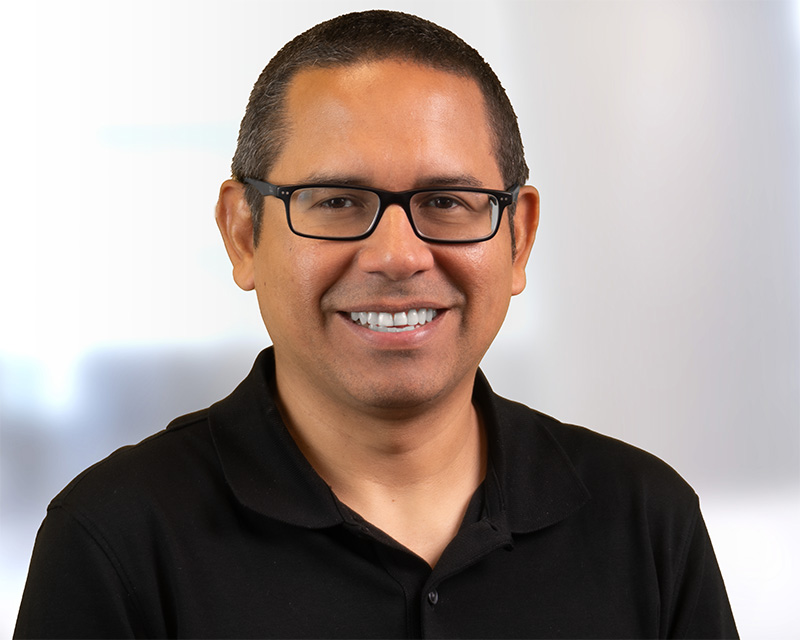Brazil, the world’s second-largest provider of food, accounts for more than half of agriculture R&D spending in the region, with Argentina and Mexico completing the top three
Central American countries, Caribbean island nations, and poorer Andean countries are lagging behind due to inadequate levels of investment and human capacity
April 27, 2016, Washington, D.C.—New data show that Latin America and the Caribbean (LAC) is well situated to face the demands of a growing global population in the face of climate change, thanks to an increase in agricultural research investment since 2000. The data from Agricultural Science & Technology Indicators (ASTI), released online and summarized in a regional report, “Agricultural Research in Latin America and the Caribbean: A Cross-Country Analysis of Institutions, Investment, and Capacities,” is focused on agricultural research and development (R&D) spending, funding sources, and human capacity, and allows users to examine key indicators across countries including investment levels and growth as well as gender, age, and education levels of researchers.
“Latin America and the Caribbean will play an increasingly important role in global food production in the coming years,” said Nienke Beintema, program head of ASTI and a co-author of the report. “The region has the potential to meet the global challenges ahead, but only if countries make the financial commitment to research. Stable and sustainable levels of funding are critical to supporting effective research that yields increased agricultural productivity.”
The ASTI website, now available in Spanish, features tools that enable cross-country comparisons, rankings, and in-depth analysis of key ASTI indicators. Users can explore how much countries in the region are spending on agricultural R&D. By 2013 the region spent $5.1 billion on agriculture R&D—a 75 percent increase from the early 1980s, with Brazil, Mexico, and Argentina leading the charge.
“The strides taken by many countries in the region can signal a positive future for the region,” said Cesar Falconi, agricultural economist at the Inter-American Development Bank, which funded the study. “However, many Central American, Caribbean, and poorer Andean countries have very low levels of investment and human resource capacity, which raises doubts about the effectiveness of their national agricultural R&D efforts. It’s critical that countries work together to ensure that countries with weaker agricultural systems can successfully engage in meaningful research to benefit the entire population of the region.”
Researcher Qualification Levels
LAC requires talented and well-trained research staff to generate the high-quality research outputs that are necessary to accelerate growth in the agricultural sector. Brazil currently has more than 4,000 agricultural researchers with PhD degrees full-time engaged in agricultural research. Mexico has close to 1,900, Argentina more than 1,200, and Chile, Uruguay, and Colombia also employ sizable numbers of PhD-qualified researchers. However, many other countries lack the critical mass of PhD-qualified scientists required for agricultural research to have a tangible impact on agricultural growth. Ecuador, Guatemala, Honduras, Nicaragua, Panama, and Paraguay all have fewer than 20 agricultural researchers with PhD degrees, which is clearly insufficient to effectively conceive, manage, and execute high-quality research, communicate with policymakers and donors, and increase chances of securing competitive funding.
Aging Pool of Researchers
Moreover, in a number of countries, budget restrictions have limited long-term public sector recruitment efforts, thereby resulting in an aging pool of agricultural researchers. Two in five of LAC’s researchers with PhD degrees are in their 50s and 60s. Because the official retirement age in most countries is around 60 or 65, many senior researchers are slated to retire in the coming years. This situation is most severe in Guatemala, Panama, and Peru, where more than 70 percent of PhD-qualified agricultural researchers are over 50. “Adequate recruitment, succession, and training strategies are urgently called for to ensure future continuity of research in these countries,” said Beintema. “The successful implementation of such strategies will require both political and financial support.”
For more information, please contact:
Daniel Burnett, d.burnett@cgiar.org, +1 (202) 627-4311
###
Agricultural Science and Technology Indicators (ASTI), led by the International Food Policy Research Institute (IFPRI) and operating within the portfolio of the CGIAR Research Program on Policies, Institutions, and Markets (PIM), collects, analyzes, and publishes quantitative and qualitative information and trends on funding sources, spending levels and allocations, human resource capacities, and institutional developments in agricultural research in low- and middle-income countries. Working with a large network of country-level collaborators, ASTI conducts primary surveys to collect data from government, higher education, nonprofit, and private for-profit agricultural R&D agencies in around 80 developing countries worldwide. www.asti.cgiar.org.
The International Food Policy Research Institute (IFPRI) seeks sustainable solutions for ending hunger and poverty. IFPRI was established in 1975 to identify and analyze alternative national and international strategies and policies for meeting the food needs of the developing world, with particular emphasis on low-income countries and on the poorer groups in those countries. www.ifpri.org.
The Inter-American Development Bank (IDB) is the leading source of development financing for Latin America and the Caribbean. Established in 1959, IDB supports Latin American and Caribbean working to reduce poverty and inequality, to improve health and education, and advance infrastructure. Our aim is to achieve development in a sustainable, climate-friendly way. IDB provides loans, grants, and technical assistance; and conduct extensive research. IDB maintains a strong commitment to achieving measurable results and the highest standards of increased integrity, transparency, and accountability. www.iadb.org.



